
Destination
14:32, 08-Feb-2019
Chinese Renminbi banknote scenery: The Great Wall
Zhu Mei

The next stop of the Chinese Renminbi banknote scenery is undoubtedly the world's greatest ancient integrated defense system ever built in human history.
The magnificent scenery on the one-yuan banknote, one of China's fourth set of Renminbi banknotes, is the Great Wall.
The Great Wall of China is one of the New Seven Wonders of the world listed as a UNESCO World Heritage site in 1987. Stretching over 21,000 kilometers, it is the world's longest wall and biggest ancient architecture.
History of the Great Wall
The Great Wall has a history of over 2,300 years. It was mainly built in the northern part of China by different dynasties as a military project to defend against invasions.
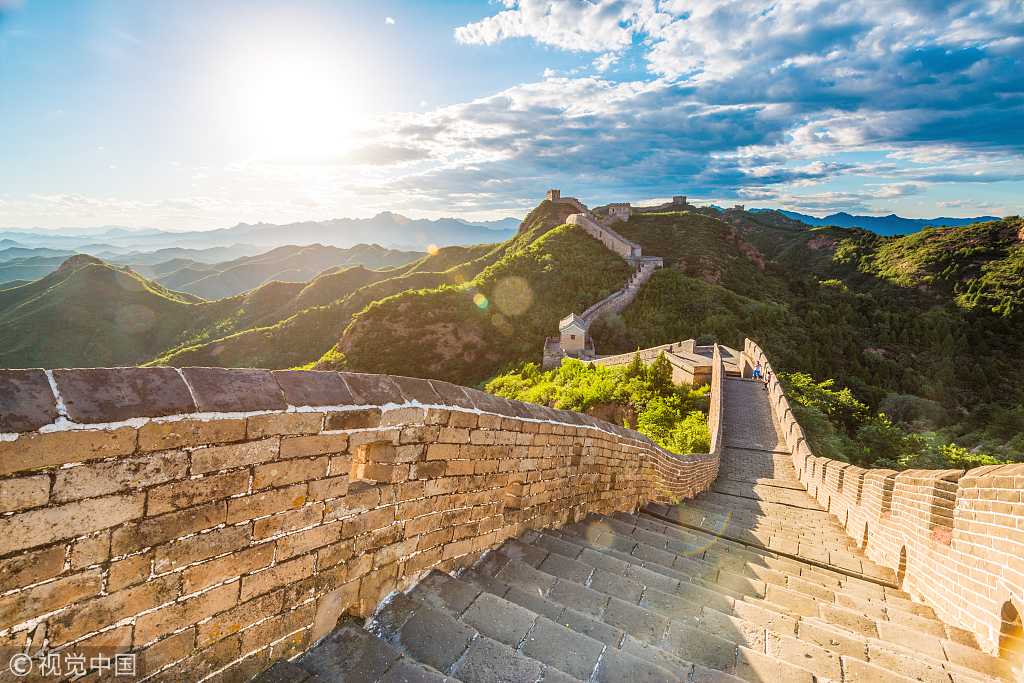
Jinshanling Great Wall in Luanping County, north China's Hebei Province. /VCG Photo
Jinshanling Great Wall in Luanping County, north China's Hebei Province. /VCG Photo
The first part of the Great Wall was built during the Warring States Period (770-221 BC). The first Emperor of the Qin Dynasty (221-207 BC) connected the walls to secure the country's northern border. A million workers undertook the monumental task of completing the mega-project in nine years.
Most of today's Great Wall was built or restored in a 100-year project during the Ming Dynasty (1368-1644) to prevent invasion from further north. The Ming Great Wall crosses nine of today's provinces and municipalities.
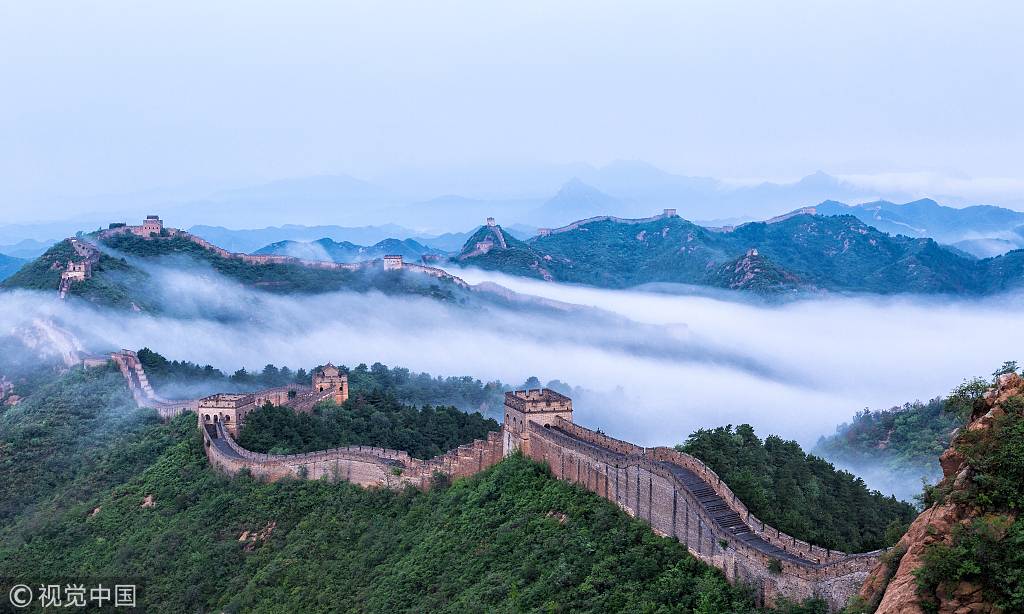
Jinshanling Great Wall in Luanping County, north China's Hebei Province. /VCG Photo
Jinshanling Great Wall in Luanping County, north China's Hebei Province. /VCG Photo
The end of the Qing Dynasty (1644–1911) also signaled the end of construction and maintenance of the Great Wall, until the Badaling section was restored by the government of the Peoples' Republic of China, and opened to the public as a tourist attraction in 1957.
How was it built?
The Great Wall is not just about long walls. It was an integrated military defense system with watchtowers for surveillance, fortresses for command posts and logistics, and beacon towers for communication.
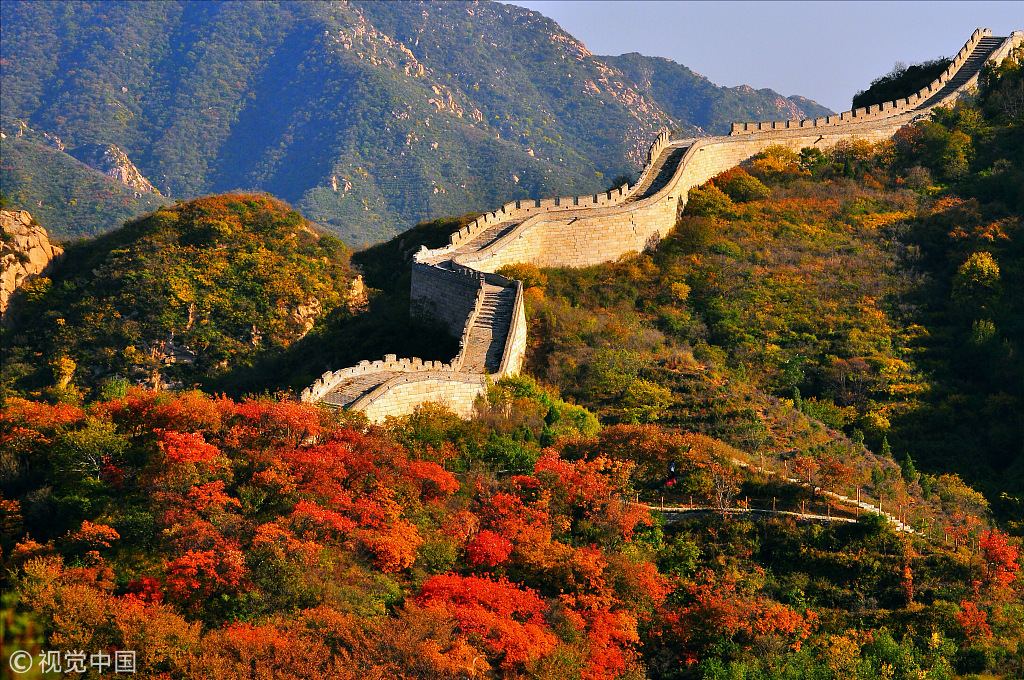
A view of the Badaling section of the Great Wall in the Badaling red leaf scenic area in the Yanqing District of Beijing. /VCG Photo
A view of the Badaling section of the Great Wall in the Badaling red leaf scenic area in the Yanqing District of Beijing. /VCG Photo
The majestic Great Wall was built with wisdom, dedication, blood, sweat, and tears. Families were separated, and many workers died and were interred as part of the Great Wall itself.
Millions of soldiers, peasants, prisoners and pack animals transported millions of tons of bricks, stones, and soil using ropes, wood, and basket system on remote terrains ranging from parched deserts to steep mountain ridges.
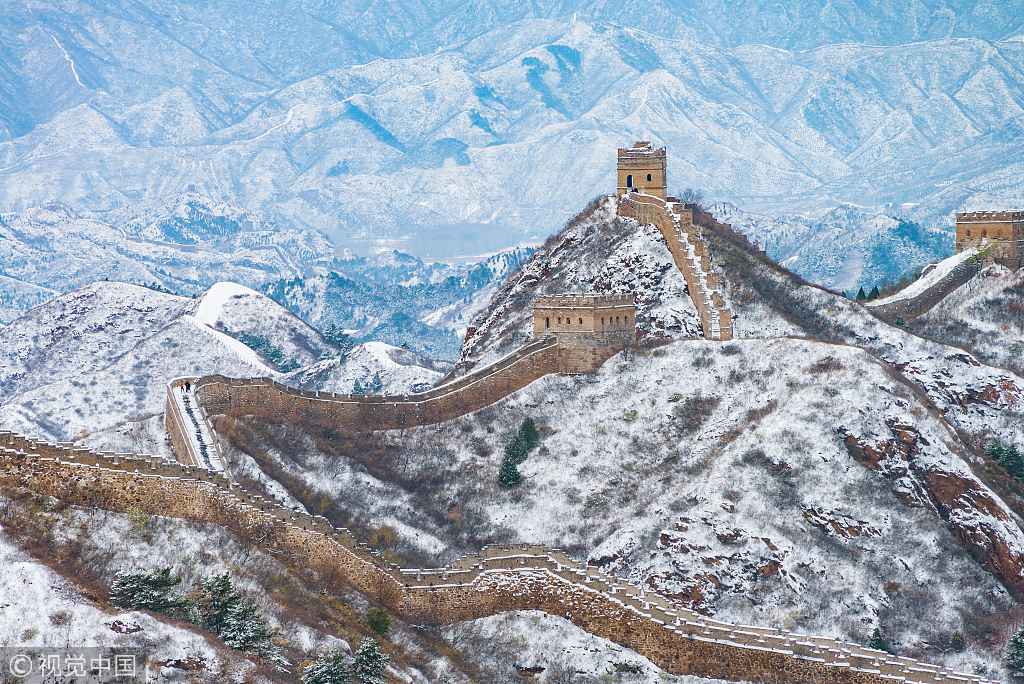
Snow scenery of the Great Wall. /VCG Photo
Snow scenery of the Great Wall. /VCG Photo
The Great Wall is disappearing
Due to natural erosion and human activities, more than 50 percent of the Great Wall has either already disappeared or is at a significant risk of disappearing, according to the State Council Information Office.
Human factors such as excessive tourism and construction are major reasons behind this. Experts warn it is time for everyone to help preserve this world-renowned landmark.
As a famous saying goes: "He who has not climbed the Great Wall is not a true man."
Tourists from home and abroad are all welcome and are advised to help preserve the Great Wall while paying a visit to this precious historical treasure.
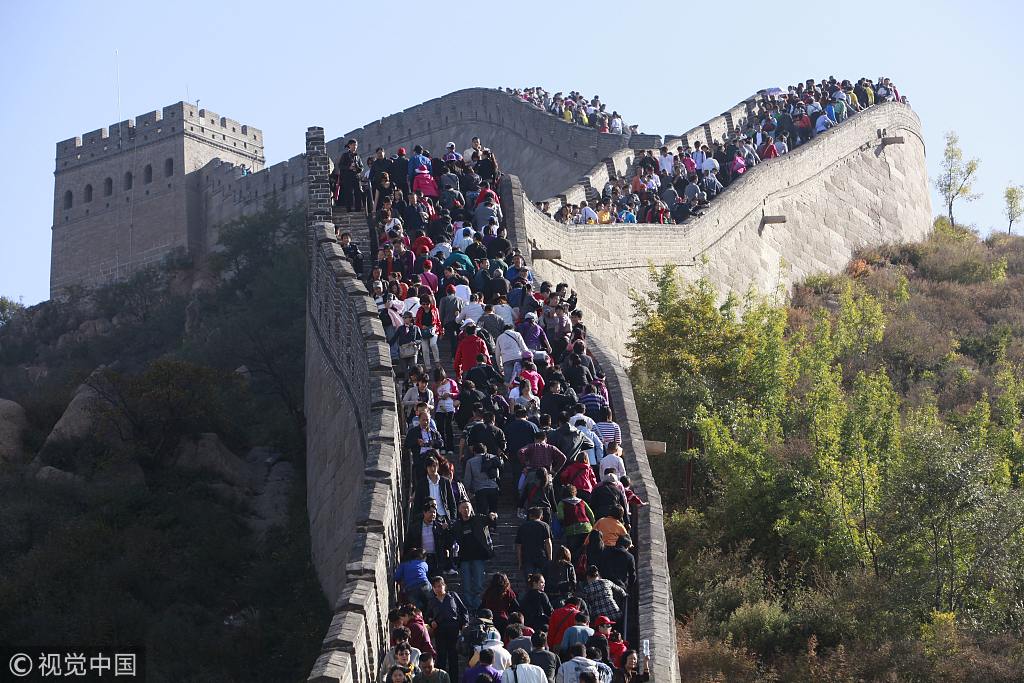
Tourists climbing the Badaling Great Wall. /VCG Photo
Tourists climbing the Badaling Great Wall. /VCG Photo
Travel tips
As the most popular and best-preserved section, Badaling section is located about 70 kilometers northwest of downtown Beijing and is convenient to reach through public transport.
Opening hours: 6:30 a.m.-7:00 p.m. (April to October) 7:00 a.m.-6:00 p.m. (November to March)
Entrance fee: 40 yuan (Six U.S. dollars) (April to October) 35 yuan (5.2 U.S. dollars) (November to March)
Public transport: No. 919 bus or S2 high-speed train

SITEMAP
Copyright © 2018 CGTN. Beijing ICP prepared NO.16065310-3
Copyright © 2018 CGTN. Beijing ICP prepared NO.16065310-3